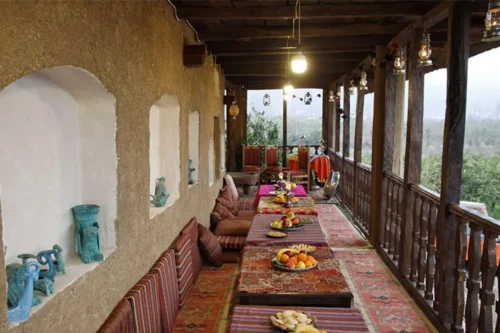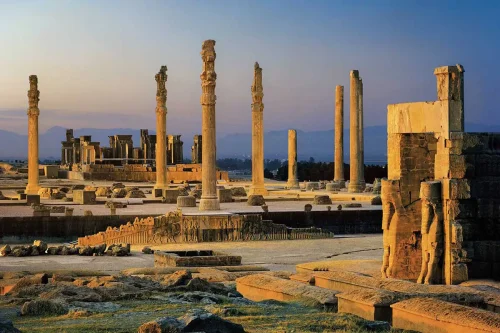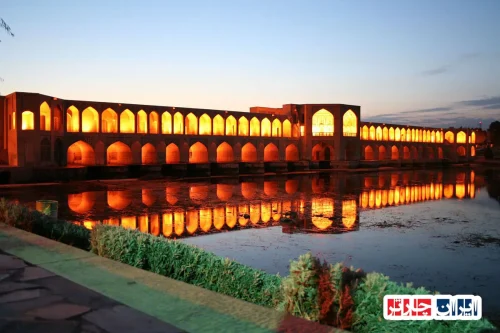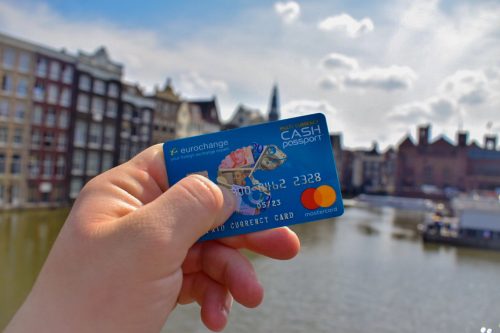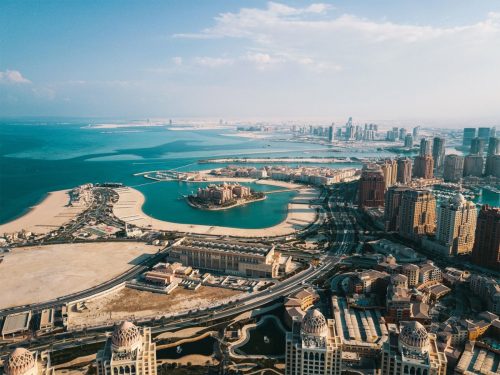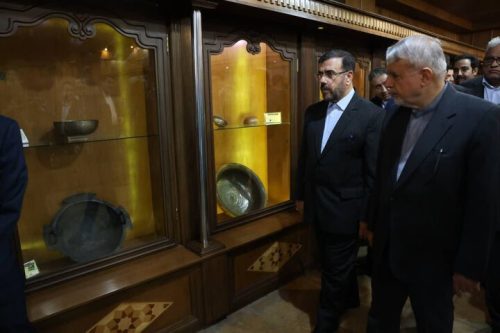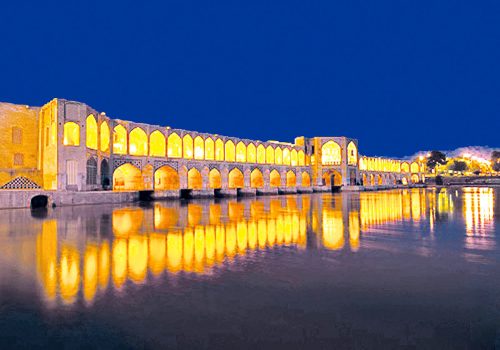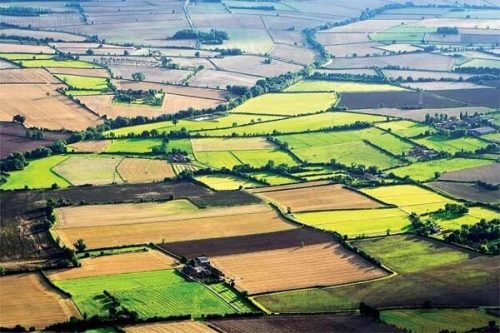Empowering Kurdistan: 6 Heritage Landmarks Fuel a New Tourism Era
In recent years, the cultural narrative of Kurdistan has experienced a remarkable transformation, as its invaluable landmarks have become the backbone of a new era in tourism. The story of these six heritage landmarks is not only a celebration of history and art but also a testament to the region’s ability to shape its future. Each monument, with its unique architecture and centuries-old significance, plays an important role in paving the way towards sustainable tourism that respects tradition while embracing modernity. Visitors who arrive in Kurdistan today can expect an immersive journey through vibrant bazaars, ancient fortresses, and splendid museums that together narrate the rich legacy of this land. The phrase Empowering Kurdistan: 6 Heritage Landmarks Fuel a New Tourism Era encapsulates the promise of revitalizing local communities through the responsible promotion of cultural assets, which in turn encourages creative partnerships between governmental bodies, cultural institutions, and local artisans. This historical reinvention inspires communities to revalue their past, affirm their cultural identity, and build new economic pathways. Local initiatives continue to uncover hidden treasures and restore architectural masterpieces, ensuring that every stone and every arch tell the tale of Kurdistan’s enduring spirit. The sustainable model of tourism being developed now is one that provides an opportunity for travelers to witness firsthand the confluence of ancient legacies and contemporary advancements, while also contributing to the local economy and preserving traditional practices. Driven by a commitment to excellence and respect for the cultural milieu, the region is setting benchmarks in how heritage sites can be integrated into modern tourism strategies. Empowering Kurdistan: 6 Heritage Landmarks Fuel a New Tourism Era stands as a guiding beacon for those who seek a genuine connection with history, art, and the story of human resilience. The innovative approach toward showcasing these landmarks involves not only physical restoration but also educational endeavors that enlighten visitors about the broader historical contexts and the significance of each site. As architects, historians, and cultural enthusiasts collaborate, every restored site becomes a center for dialogue about identity, progress, and the importance of preserving our shared human legacy. Travelers can expect to experience engaging narratives as they tour renovated ancient citadels, mosques, and residential complexes, all carefully maintained to uphold their original charm while incorporating elements that address the needs of today’s world. This unique tourism model supports a cycle of cultural enrichment and economic upliftment, creating opportunities for local people to thrive by offering artisan crafts, culinary delights, and storytelling traditions to a global audience. Each initiative reinforces the idea that by preserving history, communities build a brighter future for subsequent generations. Empowering Kurdistan: 6 Heritage Landmarks Fuel a New Tourism Era is more than just a tagline—it is a dynamic movement that demonstrates how historical preservation and tourism can merge to generate long-lasting social and economic benefits. The drive towards cultural renaissance and flourishing tourism is founded on respect, innovation, and an unwavering commitment to sustainable development. As national and international visitors alike marvel at the region’s storied past, they are invited to appreciate the intricate details embedded in each monument and the subtle interplay between tradition and transformation. Local authorities and cultural custodians leave no stone unturned in their quest to ensure that every visitor not only sees an attraction but also learns about the social fabric that binds communities together. In embracing modern techniques to document, interpret, and revitalize ancient sites, Kurdistan is forging ahead on a path that promises both measurable economic gains and enriched cultural exchanges.
culturalheritageprotection-Iran Charter
Amid this transformative journey, significant emphasis is placed on the multifaceted contributions of these monuments. They serve as living testimonials to Kurdistan’s resilience and vibrant history while also offering innovative frameworks for tourism that respect and promote cultural heritage. The careful restoration and promotion of these landmarks have created new avenues for community engagement, educational projects, and artisanal enterprises. This focus on sustainable development ensures that tourism remains a force for preserving historical integrity rather than eroding it. The ongoing efforts aim to make every visit a learning experience, where modern technology and traditional narratives combine to provide meaningful insights into the region’s storied past. As more visitors appreciate the subtle artistry and historical depth behind these landmarks, local communities become empowered to invest in cultural and infrastructural enhancements that benefit everyone. This integrative approach is cementing Kurdistan’s place on the international cultural map and inviting the world to explore its unique blend of antiquity and innovation.
culturalheritageprotection-Iran Charter
The remarkable initiative encapsulated by Empowering Kurdistan: 6 Heritage Landmarks Fuel a New Tourism Era reflects a deep-rooted vision where history is not simply preserved in memory but is actively celebrated through lived experience. Each landmark contributes to a mosaic of cultural narratives that, when viewed collectively, offer an insightful perspective into the achievements and aspirations of past generations. This visionary project underlines the importance of community participation in the layer-by-layer restoration of history, enabling locals to become ambassadors of their own heritage. The model champions a future where the symbiotic relationship between tourism and heritage conservation leads to increased cultural understanding, diversified economic growth, and improved quality of life for residents. As guests immerse themselves in firsthand experiences that traverse time, they gain a holistic perspective on the challenges and triumphs that have defined the region’s evolution. In doing so, visitors are gently reminded that the efforts to empower Kurdistan go far beyond the physical restoration of buildings; they are about nurturing a shared identity and fostering pride in a unique cultural legacy. With every step along time-worn paths, every glance at ancient carvings, and every interaction with local storytellers, the message remains clear: heritage, when carefully nurtured, has the power to inspire, educate, and transform. This ongoing journey to reinvigorate cultural landmarks is paving the way for an era of tourism that is sensitive to its historical context, yet boldly innovative in its execution.
culturalheritageprotection-Iran Charter
As the sun sets over the magnificent landscape of Kurdistan, its six distinguished heritage landmarks continue to allure travelers with promises of discovery and enlightenment. The renewal of these historic sites, which encapsulates the spirit of Empowering Kurdistan: 6 Heritage Landmarks Fuel a New Tourism Era, serves as a clarion call for cultural renewal that resonates across borders. It is a journey of rediscovery where age-old traditions meet contemporary aspirations in a seamless dialogue of time. Visitors are invited to experience an authentic narrative that celebrates the endurance of culture and the transformative power of historical recognition. This forward-looking vision not only rejuvenates the region’s tourism industry but also creates lasting benefits that transcend economics, touching the lives of communities and preserving a legacy for future generations. In this vibrant chapter of Kurdistan’s history, every well-restored landmark is a beacon of hope and progress, symbolizing the enduring strength of cultural identity and the unyielding commitment to celebrate the human spirit.
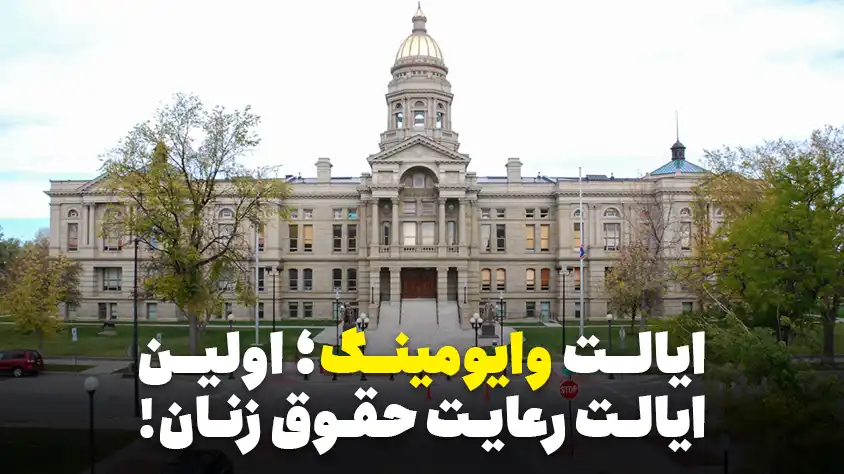
The Importance of National Heritage Registration in Advancing Cultural Tourism: Empowering Kurdistan: 6 Heritage Landmarks Fuel a New Tourism Era
National heritage registration plays a pivotal role in preserving the cultural and historical identity of a region while simultaneously boosting its tourism potential. In a vision encapsulated by Empowering Kurdistan: 6 Heritage Landmarks Fuel a New Tourism Era, registering heritage sites ensures that each monument is meticulously documented and recognized as an asset for future generations. Such detailed documentation creates a reliable archive, safeguarding the cultural narratives embedded in ancient architectures, artisanal relics, and community traditions. Furthermore, the process facilitates the development of educational programs and guided tours that highlight the unique stories of the landmarks, thereby enriching visitor experiences. With efficiencies introduced in administrative processes and increased public involvement, heritage registration not only raises awareness about valuable cultural sites but also attracts investment for the conservation and enhancement of tourism infrastructure. As local governments and cultural custodians work together, the registration process emerges as a catalyst for sustainable tourism, reinvigorating local economies while maintaining the authenticity of historical legacies.
Challenges in the Process of National Heritage Registration and Proposed Solutions: Empowering Kurdistan: 6 Heritage Landmarks Fuel a New Tourism Era
Despite its significance, the national heritage registration process faces challenges such as limited financial resources, the need for specialized expertise, and the complexity of coordinating among multiple stakeholders. Drawing inspiration from the overarching theme of Empowering Kurdistan: 6 Heritage Landmarks Fuel a New Tourism Era, experts are advocating for innovative strategies that blend modern technologies with traditional practices. Streamlined information management systems and digital mapping tools can reduce paperwork and enhance accuracy in documenting historical sites. In addition, fostering collaborative networks between government bodies, cultural institutions, and local communities can ensure a more inclusive and effective registration process. By implementing capacity-building programs and providing targeted funding, these challenges can be transformed into opportunities that reinforce the foundation of cultural tourism. Ultimately, addressing these obstacles head-on will pave the way for a more robust and dynamic framework for preserving and promoting the rich heritage that forms the core identity of the region.
Successful Examples of National Heritage Registration in Diverse Regions: Empowering Kurdistan: 6 Heritage Landmarks Fuel a New Tourism Era
Various regions have demonstrated the profound benefits of comprehensive national heritage registration, as evidenced by projects that have successfully revitalized historical landmarks. In the spirit of Empowering Kurdistan: 6 Heritage Landmarks Fuel a New Tourism Era, several localities have turned once-forgotten sites into thriving centers of cultural tourism. These success stories are marked by holistic restoration efforts that prioritize both the preservation of original architectural features and the integration of modern visitor amenities. By leveraging strategic partnerships and mobilizing local knowledge, community leaders have transformed heritage sites into interactive educational centers and cultural hubs that stimulate both pride and economic growth. The experiences drawn from these cases serve as invaluable models that can be adapted to other regions. As more areas embrace the benefits of national heritage registration, the cumulative impact will be seen in improved infrastructural investments, heightened awareness of local traditions, and a renewed commitment to cultural conservation.
The Role of National Heritage Registration in Preserving Cultural and Historical Identity: Empowering Kurdistan: 6 Heritage Landmarks Fuel a New Tourism Era
At the core of every thriving cultural tourism initiative lies a deep respect for the past, a sentiment vividly expressed in Empowering Kurdistan: 6 Heritage Landmarks Fuel a New Tourism Era. National heritage registration provides an essential framework for safeguarding cultural and historical identities through the systematic documentation of landmarks, monuments, and traditions. This process not only archives architectural splendors and ancient relics but also chronicles the intangible cultural bonds that unite communities over centuries. Enhanced awareness through formal registration enables educational programs aimed at transferring traditional knowledge to younger generations. Preservation efforts, underpinned by registration, foster an environment where cultural pride and societal cohesion can flourish, steering the region toward a future where legacy and modernity coexist harmoniously. This dual focus on conservation and progress reinforces the idea that every preserved site is a testament to the enduring human spirit and a resource for communal rejuvenation.
Building Tourism Infrastructure through National Heritage Registration: Empowering Kurdistan: 6 Heritage Landmarks Fuel a New Tourism Era
Investing in national heritage registration directly contributes to the development of robust tourism infrastructures that cater to both domestic and international visitors. In alignment with the vision of Empowering Kurdistan: 6 Heritage Landmarks Fuel a New Tourism Era, the process of registration creates a credible foundation on which modern amenities and interpretative centers can be built. Detailed documentation and careful restoration of historical sites attract not only casual tourists but also cultural enthusiasts invested in immersive experiences. As local administrations collaborate with private investors and community groups, heritage registration becomes the cornerstone of integrated tourism plans that include improved transportation, visitor centers, and digital applications to enhance site accessibility. This synergy between heritage preservation and infrastructural development not only accentuates the historical allure of landmarks but also propels economic growth, fostering a cycle where cultural preservation drives tourism and tourism, in turn, contributes to further heritage investment.
Impact of National Heritage Registration on Public Awareness and Cultural Education: Empowering Kurdistan: 6 Heritage Landmarks Fuel a New Tourism Era
One of the foremost advantages of national heritage registration is its profound impact on public awareness and cultural education. As illustrated by Empowering Kurdistan: 6 Heritage Landmarks Fuel a New Tourism Era, when historical sites are officially recorded and celebrated, they serve as dynamic educational tools that inform communities about their shared past. Detailed records and engaging storytelling attract interest from scholars, educators, and tourists alike, bolstering efforts to integrate cultural history into school curricula and public exhibitions. Enhanced public access to heritage data fosters a sense of responsibility toward conservation and ignites grassroots participation in cultural projects. This increased awareness not only preserves historical authenticity but also nurtures an environment where cultural tourism can thrive, providing a platform for both informative learning and communal pride. Innovative outreach through digital media and interactive displays further amplifies the role of heritage registration in building an informed and culturally sensitive public.
Collaboration Between Governmental and Private Sectors in the Heritage Registration Process: Empowering Kurdistan: 6 Heritage Landmarks Fuel a New Tourism Era
The integration of governmental and private initiatives is essential for the successful advancement of national heritage registration, a concept vividly mirrored in Empowering Kurdistan: 6 Heritage Landmarks Fuel a New Tourism Era. In this collaborative model, government agencies provide regulatory oversight and financial incentives, while private entities contribute innovative ideas and invest in restoration technologies. This partnership facilitates the expansion of heritage projects and accelerates the modernization of documentation practices. Joint efforts have proven effective in streamlining registration procedures and ensuring that cultural landmarks receive the attention they deserve. By uniting diverse skill sets and resources, both public and private sectors drive transformative projects that not only protect historical sites but also create new opportunities for cultural tourism. Such synergies encourage continuous investment in heritage areas, ensuring that each registered site becomes an ambassador for the region’s historical narrative and a beacon for future developmental endeavors.
Leveraging Modern Technologies in Documenting National Heritage: Empowering Kurdistan: 6 Heritage Landmarks Fuel a New Tourism Era
Modern technology has emerged as a powerful ally in the effort to document and preserve national heritage, an initiative that resonates with the transformative outlook of Empowering Kurdistan: 6 Heritage Landmarks Fuel a New Tourism Era. Digital tools such as 3D scanning, computer-aided design, and comprehensive database systems enable detailed recording of historical sites with unprecedented accuracy. These technologies enhance the reliability of heritage registration by creating virtual archives that can be easily accessed by researchers, cultural enthusiasts, and policymakers. Moreover, interactive digital maps and mobile applications provide tourists with immersive experiences, allowing them to explore historical landmarks remotely or on-site with enriched context. The integration of modern technologies not only simplifies the registration process but also breathes new life into traditional conservation practices, ensuring that every cultural asset is preserved for posterity. By embracing these cutting-edge solutions, communities can bridge the gap between past and present, making history accessible, engaging, and ultimately, a cornerstone for sustainable cultural tourism.
Future Prospects for National Heritage Registration and Sustainable Cultural Development: Empowering Kurdistan: 6 Heritage Landmarks Fuel a New Tourism Era
Looking ahead, the future of national heritage registration is intrinsically linked with the broader goals of sustainable cultural development and tourism. Inspired by the guiding light of Empowering Kurdistan: 6 Heritage Landmarks Fuel a New Tourism Era, there is an emerging consensus that strategic heritage documentation can initiate a cycle of continuous cultural enrichment and economic opportunity. Forward-thinking policies, coupled with investment in state-of-the-art restoration techniques, promise to elevate the status of historical landmarks while cultivating a new generation of cultural custodians. As local communities, government organizations, and private investors join forces, the prospects for revitalizing cultural assets through systematic registration become ever more promising. This proactive approach aims to not only document the past but also to create economically viable hubs that celebrate history, foster local pride, and offer enriching experiences for visitors. Through these integrated efforts, national heritage registration is set to transform the cultural landscape, ensuring that historical treasures continue to inspire and inform future innovations in tourism and community development.
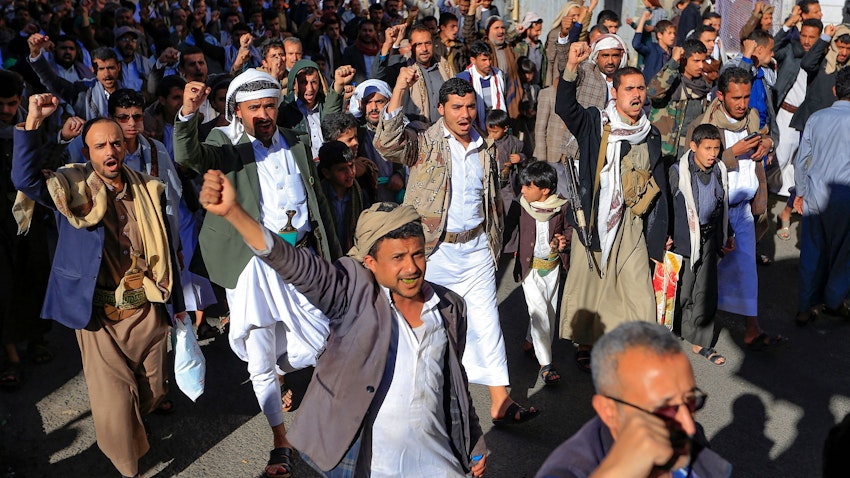
Frequently Asked Questions – Iran Charter
- What does national registration of cultural heritage signify?
- National registration means the official identification of historical and cultural sites, which play a significant role in preserving cultural identity and boosting tourism.
- What are the reasons that unfinished tourism projects remain in Kurdistan?
- Insufficient financial resources, implementation challenges, and the need for better coordination among relevant agencies are the primary factors causing projects to remain incomplete.
- How is the importance of tourism evaluated for Kurdistan province?
- Tourism not only generates revenue, but it also promotes cultural exchange, creates job opportunities, and enhances local infrastructure, making it increasingly significant in Kurdistan.
- What impact does national heritage registration have on attracting tourists?
- Heritage registration acts as a guarantee for the preservation of cultural assets, thereby increasing tourists’ trust in the region’s cultural safety and authenticity.
- How has the trend of tourism growth in Kurdistan evolved?
- Rising numbers of tourists entering from borders and increasing visits to historical sites reflect a positive growth trend in the province’s tourism sector.
- Why is preserving historical fabric in Kurdistan important?
- Preserving historical fabric is crucial for passing heritage to future generations and enhancing the attractiveness of tourist destinations.
- How are tourist numbers during Nowruz reported?
- Officials have reported that around 1,202,000 international tourists visited during Nowruz, marking a significant increase compared to the previous year.
- How is tourism security ensured in Kurdistan?
- By offering optimized services, monitoring historical areas, and organizing events to enhance safety perceptions, measures are in place to ensure secure tourism experiences.
- What characteristics define the tourism capacities and facilities?
- The presence of registered historical sites, a variety of local arts and crafts, and continuous development of tourist infrastructure contribute to high tourism capacities in the region.
- What role does the Cultural Heritage Director play in tourism development?
- Through careful planning, registering cultural sites, and coordinating with various institutions, the Cultural Heritage Director plays a key role in elevating the tourism standards in the province.
- What types of heritage sites are registered in Kurdistan?
- Registered heritage sites include ancient houses, painted artifacts, artistic panels, and other forms of local handicrafts, each reflecting the region’s rich history and identity.
- How do local crafts impact tourism in Kurdistan?
- Local crafts enrich the tourist experience by showcasing indigenous art and handiwork, while also contributing to the local economy.
- How can unfinished tourism projects be completed?
- With adequate financial support, improved coordination among responsible bodies, and attention to successful past experiences, unfinished projects can be effectively completed.
- Why is it essential to conserve the historical fabric in tourist areas?
- Conservation of historical fabric preserves the original character of areas and builds tourists’ confidence, which is vital for a thriving tourism sector.
- How do cultural attractions boost tourism in Kurdistan?
- Celebrating local customs, hosting cultural events, and showcasing traditional arts serve as key factors in attracting tourists and enhancing the region’s reputation as a travel destination.
- What are the future plans for tourism development in Kurdistan?
- Given the existing potentials and the positive impacts of national heritage registration, future plans include completing current projects, further improving infrastructure, and boosting promotional activities.


